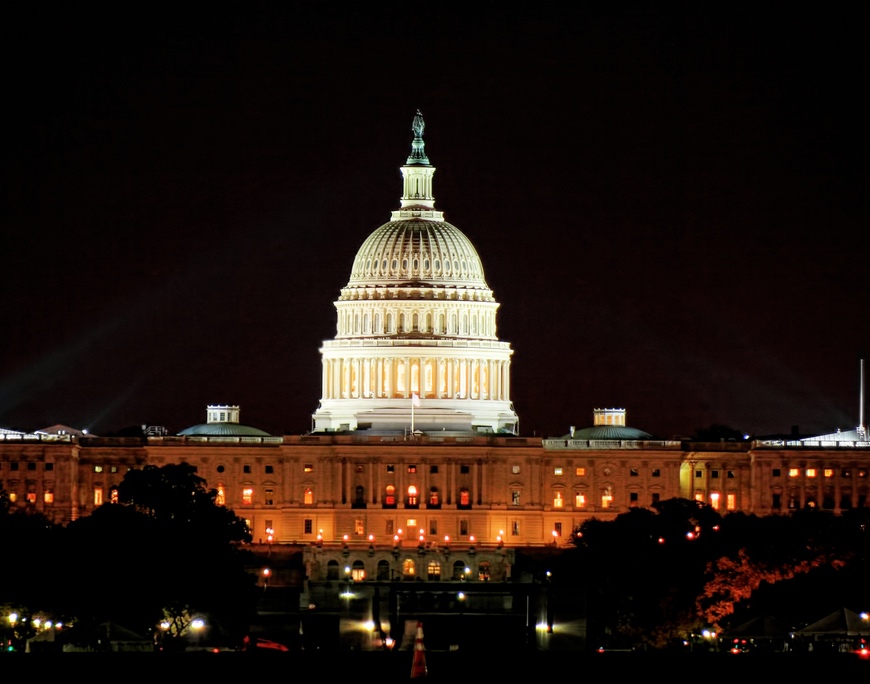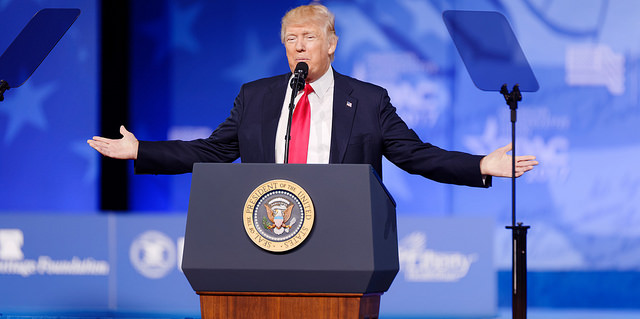(image by Udo Kempen)
This is the first part of a a series explaining flash trading and the policy responses.
The stock market is no longer the stock market. Or, rather, the stock market is no longer what people imagine in their minds–traders in different colored jackets on the floors of the New York Stock Exchange and the Chicago Mercantile Exchange, shouting out orders to one another. Neither is it even what they see on the ticker tape on the bottom of their CNBC screen. The stock market is now a signal of pure light, hurtling through fiber optic wires.
It is also not much of a “market,” or at least not much of a singular one. The market is an agglomeration of all exchanges on which buyers and sellers of securities are offering securities or making bids for securities, and the complete market is not in one place. Someone trying to buy 10,000 shares of Apple stock might find 3,500 available on one exchange and 2,000 on another.
All of this comes about because of a rule from the Securities and Exchange Commission: Regulation National Market System, or Reg NMS. Regulation in this area dates from the savings and loan crisis of the 1980s, in which customers trying to sell their orders in a panic were rebuffed when their brokers simply refused to pick up the phones. The SEC began taking discretion away from the brokers and controlling what they could do. For a while, brokers could see that a customer wanted to buy 10,000 shares of Apple and, if there were only 100 available on a single exchange, could either decide not to buy any shares at that time and wait for a more favorable market, or they could choose to skip that marketentirely. Finally came Reg NMS, which almost completely eliminates discretion: brokers are required to use the National Best Bid and Offer (NBBO) system to execute their customer’s order, meaning they have to execute the bid for as many shares as they can at the absolute lowest price they can, and then move on to the other shares on offer. This means that, if those 100 Apple shares are a penny cheaper, the broker must execute on that exchange first.
Reg NMS created enormous opportunities for anyone who understood that the distances between those 100 Apple shares and the shares available on any other exchanges was exploitable. So when you or I or, more likely, our investment adviser or mutual fund, buys Apple on our account, they first buy from whatever exchange is offering those cheap shares and, increasingly, that exchange is only offering a few shares. They then move around to the rest of the exchanges via fiber optic wire. But they do not move instantly. And there might be faster runners. The rise of high-frequency trading firms, or HFTs, is the direct result of these differences in speed. HFTs are very often the seller of these 100 shares, and what our mutual fund just did was tip its hand. HFTs now know both where all the shares are and that someone wants to buy them, and their equipment is faster–by nanoseconds and microseconds. The money they make is often because they are able to “front run” the orders they just discovered, purchasing the shares our mutual fund is seeking on the other exchanges and turning around and selling it to them for pennies more.
On the one hand, this might not sound like a lot of money–pennies, right? But this is not a trade being executed by someone in a room hitting an enter button, it’s already baked into computer algorithms, which execute these orders sometimes multiple times every second. And that’s how HFTs can shave millions of dollars off of the stock market.
So how do HFTs make money? And what do investors do if they want to avoid them? Next time, we’ll explore the growth of private dark pools at major investment banks and brokerages. They started completely separately, but collided with HFT to create a whole new banking structure.









